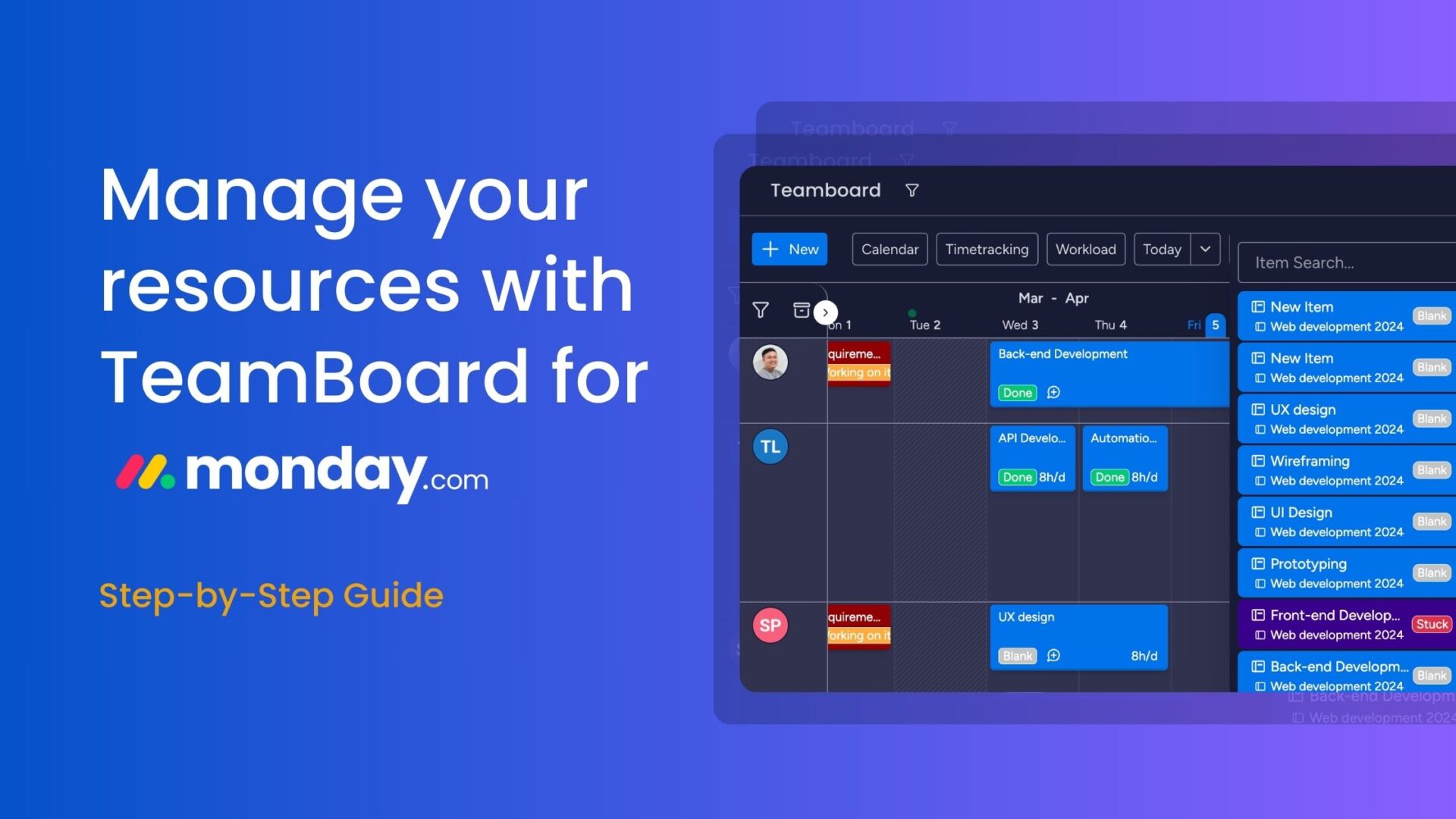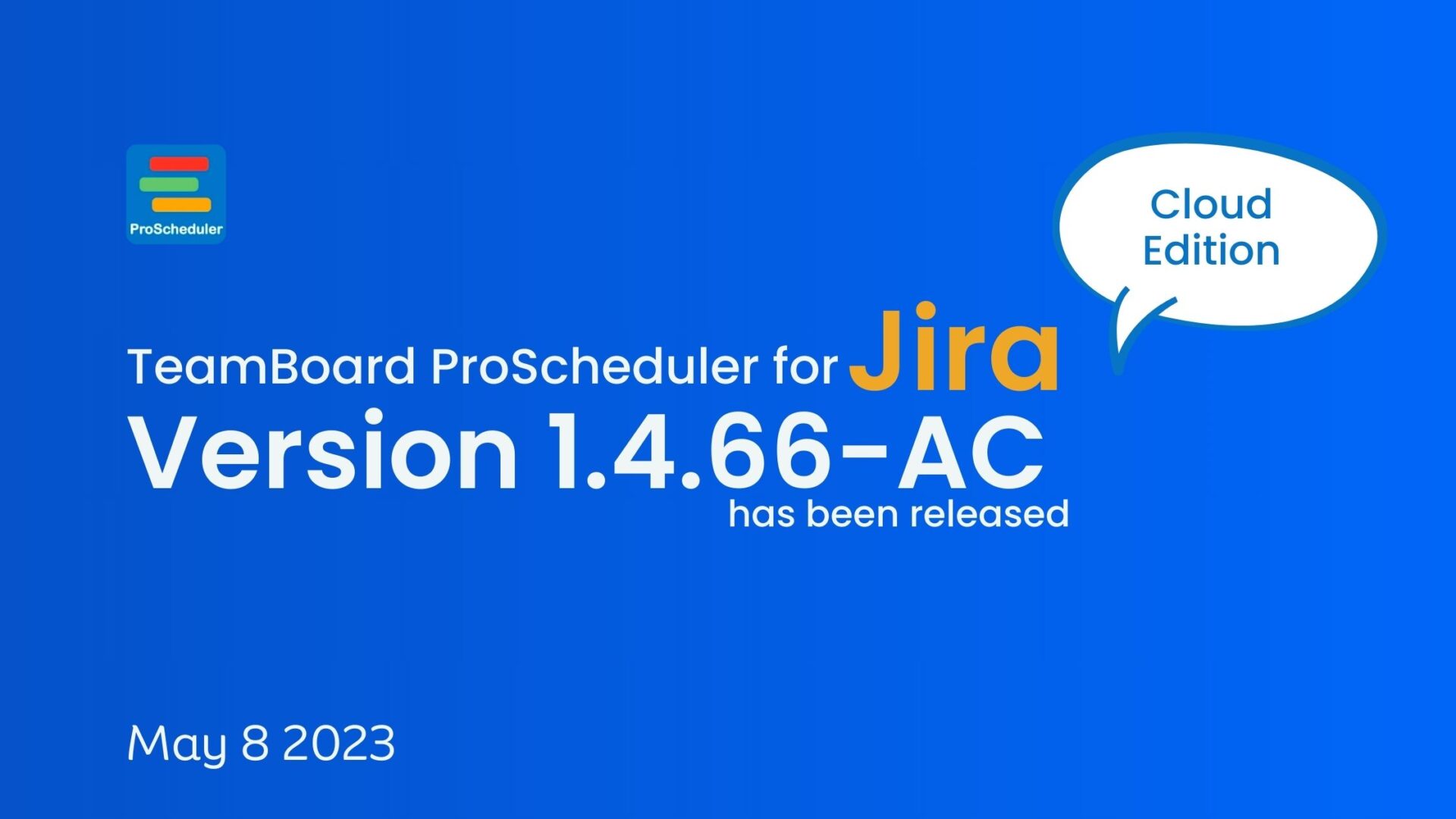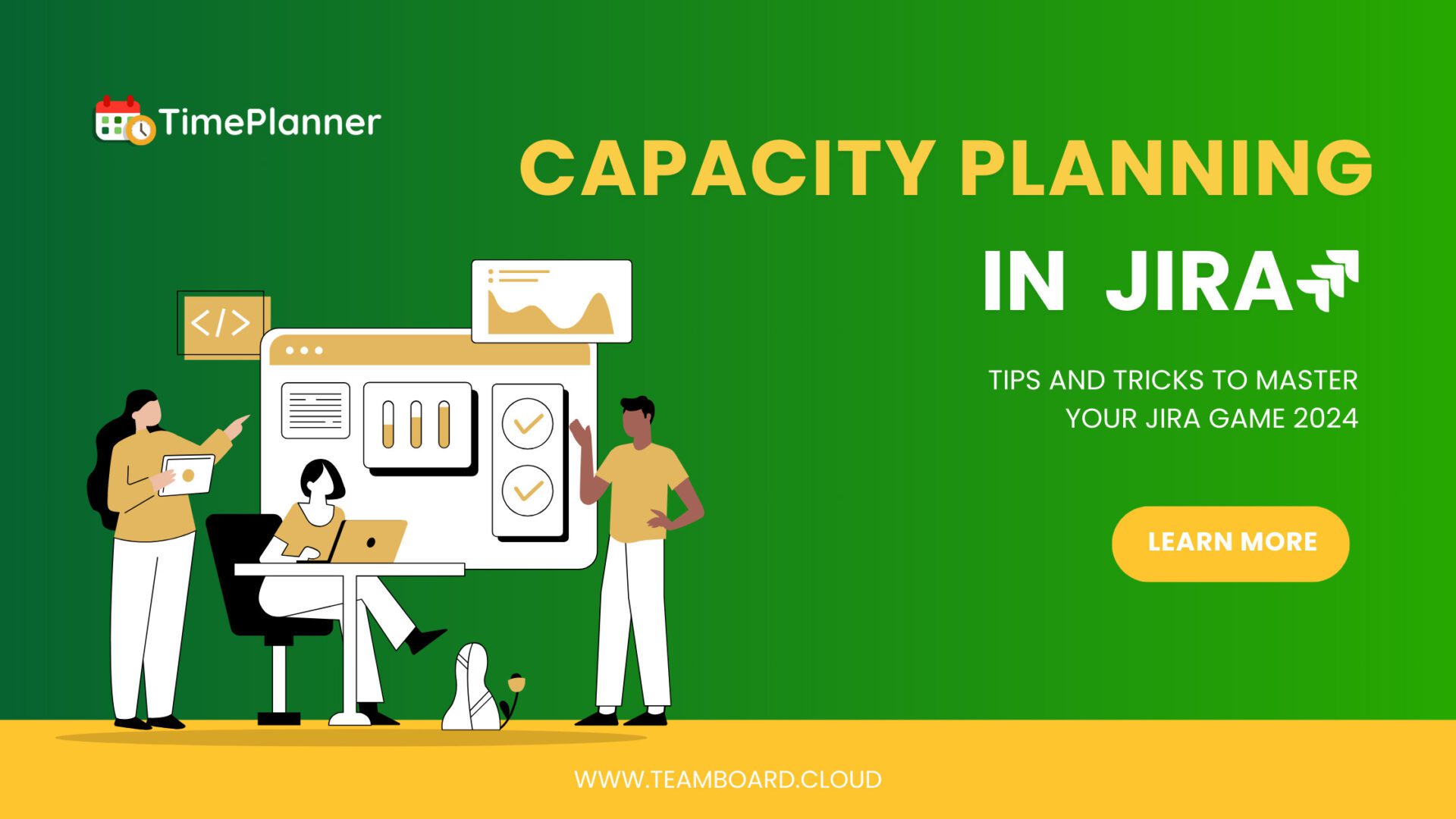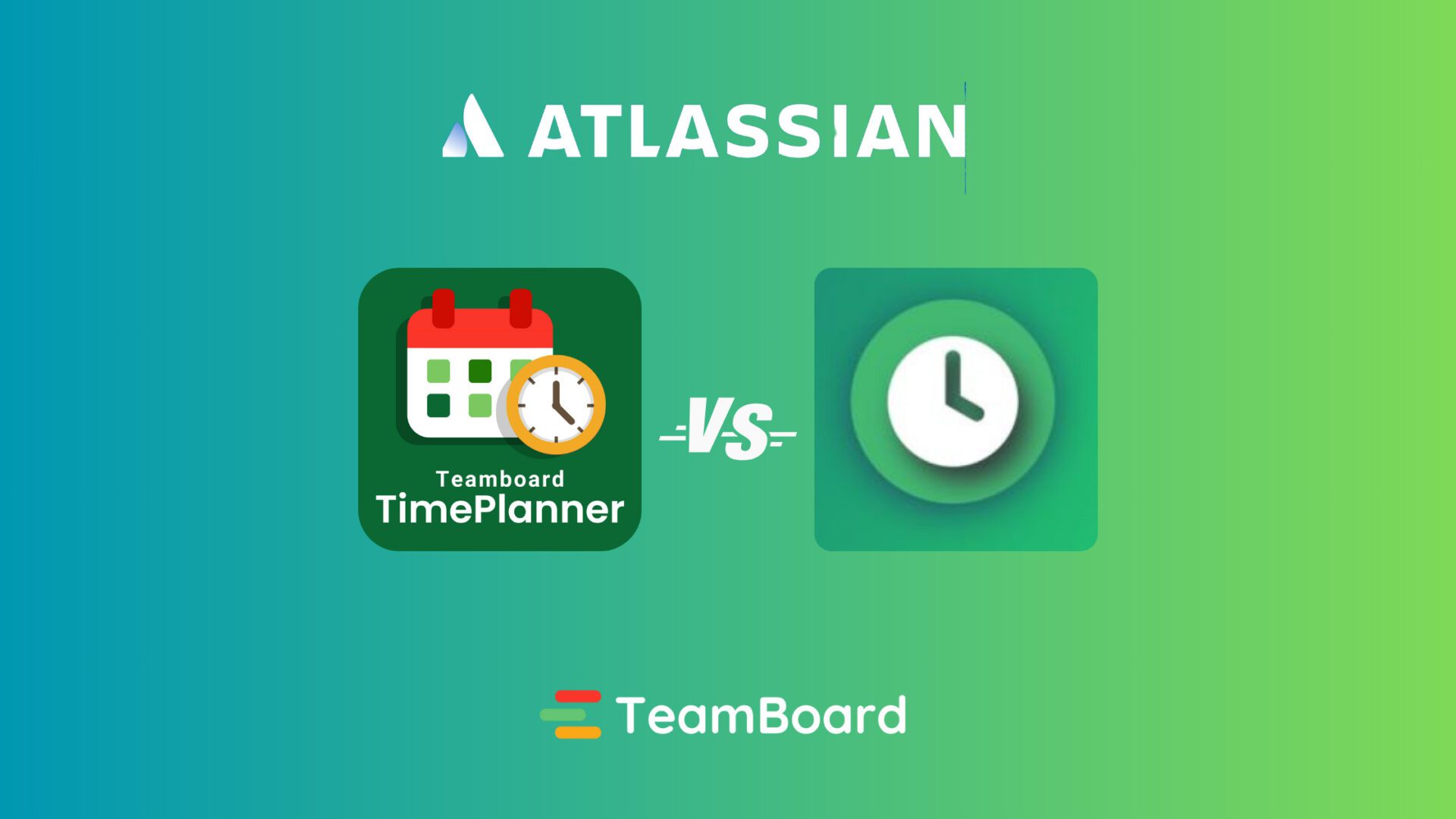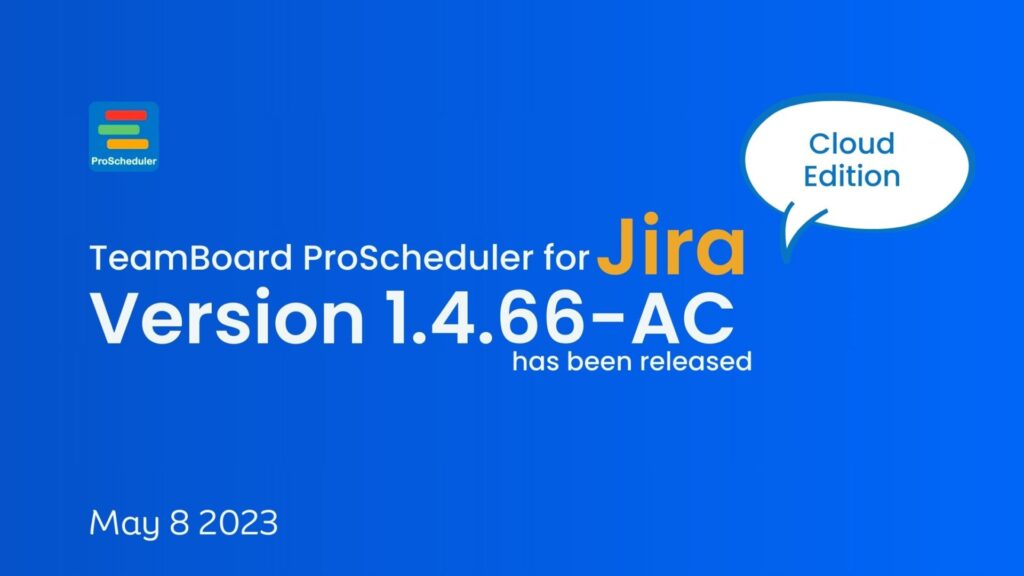Project milestones are key checkpoints that help ensure your project stays on track. They mark significant events or achievements without consuming time themselves. This blog explains what milestones are, why they are vital in project management, and how they can guide teams and reassure stakeholders. Understanding how to identify and use milestones effectively can make a big difference in your project’s success.
Table of Contents
Milestone Definition
A milestone in project management is defined as a significant point within a project’s timeline that marks an important achievement or event. Unlike regular tasks or activities, which have specific durations and resource requirements, milestones are unique. They symbolize moments of key progress and achievement that do not consume time themselves. Examples include the completion of the design phase in a software development project or the approval of funding for a construction project.
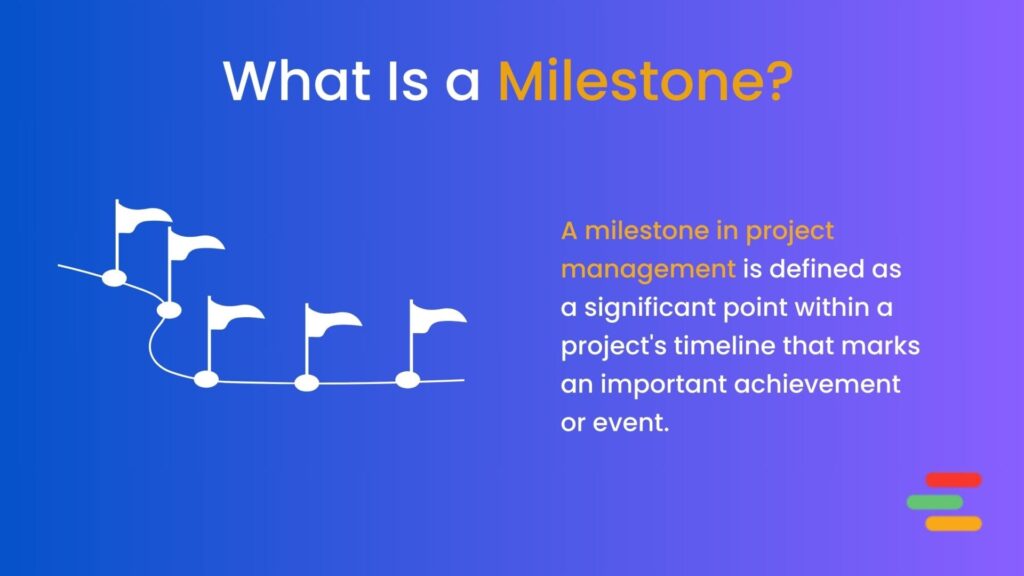
Milestones act as critical markers throughout the project lifecycle, indicating the beginning or completion of essential phases, approvals, or other pivotal decision points. They are instrumental in helping project managers and teams gauge progress toward the overall goals, improving communication and alignment among all stakeholders.
By emphasizing these critical points, the concept of a milestone provides a structured framework for the project, making it easier for everyone involved to understand the current status and the next steps. This milestone definition highlights their strategic importance in managing complex projects effectively.
Purpose and Importance of Milestones
Milestones are much more than just markers on a timeline; they are critical tools that serve multiple purposes in the management of a project. Here’s why milestones are so important:
1. Clarity and Visibility:
Milestones provide clear goals that are easily communicated to team members and stakeholders alike. By breaking down a project into manageable segments marked by milestones, everyone involved can see the big picture as well as the details of what needs to be accomplished next.
2. Motivation:
Reaching a milestone is an achievement that can boost the morale of a project team. Each milestone achieved is a sign of progress and success, motivating team members to continue working towards the next goals.
3. Stakeholder Confidence:
Milestones help build trust and confidence among stakeholders. Regularly meeting milestone targets reassures investors, clients, and upper management that the project is on track and progressing as planned.
4. Performance Measurement:
Milestones are a means of measuring the performance of a project. They allow project managers to compare planned progress against actual progress and make necessary adjustments to keep the project on track.
5. Risk Management:
By marking specific points to review project progress, milestones can help identify risks and issues early on. This allows for timely intervention to mitigate risks before they become more serious problems.
6. Resource Allocation:
Effective milestone planning helps in better allocation and management of resources. Knowing the key dates and goals allows managers to allocate resources efficiently, avoiding overuse or idle time.
In summary, milestones are indispensable in project management because they provide structure, foster communication, and ensure a systematic approach to achieving project goals. They not only signify key achievements but also play a pivotal role in the strategic planning and execution of projects.
Examples of Typical Milestones in Project Management
Milestones can vary greatly depending on the nature of a project. However, some milestones are common across many types of projects. Here are several examples:
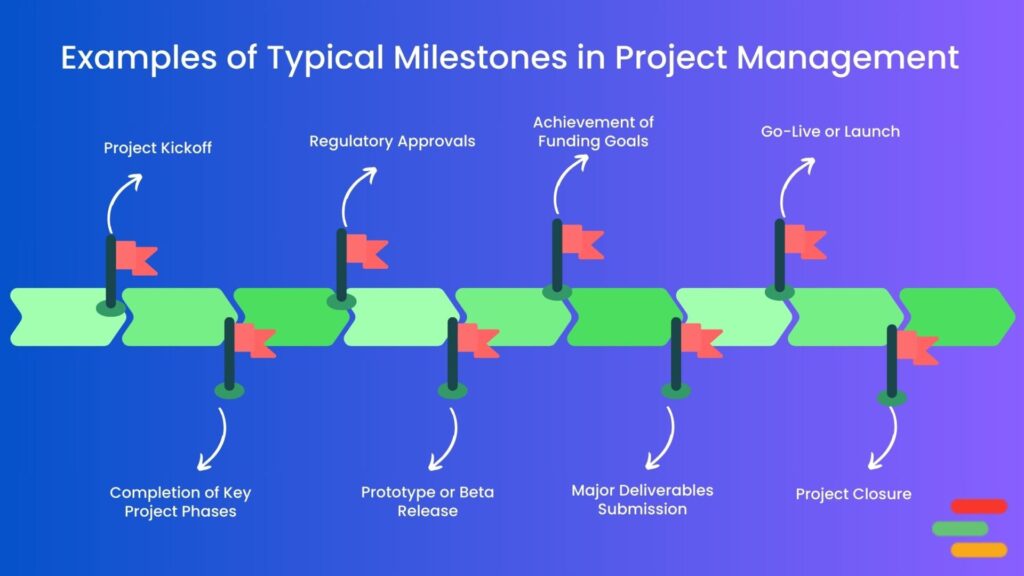
1. Project Kickoff: The official start of the project often serves as the first major milestone. It signals that all preliminary planning has been approved, resources are allocated, and the team is ready to commence work.
2. Completion of Key Project Phases: Each major phase of a project, like the design phase, development phase, or testing phase, typically ends with a milestone. This marks the completion of significant segments of work and the readiness to move on to the next stage.
3. Regulatory Approvals: For projects that involve legal or regulatory oversight, receiving the necessary approvals can be a crucial milestone. This might include zoning approvals in construction or regulatory clearance in pharmaceuticals.
4. Prototype or Beta Release: In software development or product design, releasing a prototype or a beta version of the product to users is an important milestone. It marks a shift from internal development to external testing.
5. Achievement of Funding Goals: For projects dependent on funding, achieving milestones related to financial targets (like securing a round of funding) is critical.
6. Major Deliverables Submission: The completion and delivery of major project outputs or deliverables, such as a completed software application, a constructed building, or a marketing campaign, serve as significant milestones.
7. Go-Live or Launch: The official launch of a product or service into the market or the go-live of a system or facility is a pivotal milestone, indicating the project has reached a stage where it is fully operational.
8. Project Closure: The final milestone in any project is its closure, where all objectives have been met, final deliverables have been approved, and the project is officially concluded.
How to Identify and Set Milestones
Identifying and setting effective milestones is crucial for the success of any project. This section provides a step-by-step guide on how to establish impactful milestones, ensuring your project stays on track and meets its goals.
Understand the Project Scope
Begin by gaining a thorough understanding of the project’s objectives and deliverables. A clear grasp of the project scope helps in identifying significant achievements or events that should be marked as milestones.
Break Down the Project
Divide the project into major phases or segments. Each segment should ideally end with a milestone that signifies the completion of that phase. This breakdown helps in managing the project more efficiently and ensures comprehensive monitoring.
Consult with Key Stakeholders
Engage with stakeholders, including clients, team members, and upper management, to gather their inputs on what they consider to be critical points in the project. Their insights can help ensure that the milestones align with business goals and stakeholder expectations.
Set Achievable and Meaningful Milestones
Ensure each milestone represents a significant achievement that pushes the project forward. Avoid setting too many trivial milestones, as they may dilute focus and resources. Focus on moments in the project that, if delayed, would significantly impact the overall timeline and cost.
Incorporate Flexibility
While it’s important to adhere to milestones, maintaining some flexibility is crucial. Be prepared to adjust milestones as the project progresses and as new information or challenges emerge.
Use SMART Criteria
Milestones should be Specific, Measurable, Achievable, Relevant, and Time-bound (SMART). This criterion helps in creating clear and attainable goals that provide real value to the project.
Challenges in Working with Milestones
While milestones are invaluable tools in project management, they come with their own set of challenges. Understanding these obstacles can help project managers prepare and implement effective strategies to overcome them.
Setting Unrealistic Milestones
One of the most common challenges is setting milestones that are either too ambitious or not feasible within the given constraints. Unrealistic milestones can demotivate the team, create unnecessary pressure, and lead to significant project delays.
Lack of Stakeholder Alignment
Milestones require the consensus and commitment of all key stakeholders. Without alignment on milestone goals and timelines, projects can encounter frequent interruptions and conflicts, which may cause delays and additional costs.
Overemphasis on Dates Over Deliverables
While setting specific dates for milestones can help track progress, an overemphasis on timelines over the quality of deliverables can compromise the project’s outcome. It’s crucial to balance timely delivery with the achievement of the desired project standards.
Inadequate Risk Management
Failing to account for potential risks when planning milestones can lead to challenges in meeting them. Effective risk management involves anticipating possible issues that could impact milestone achievement and planning accordingly.
Resistance to Change
Projects often evolve, and sometimes milestones need to be adjusted. Resistance from the team or stakeholders to adapt milestones in response to changes in project scope or external factors can hinder progress.
Reliance on Perfect Conditions
Assuming that all project phases will proceed without any issues can lead to poorly planned milestones. It’s important to consider potential delays and obstacles when setting milestones.
Representing Milestones in Gantt Charts
A Gantt chart is a visual representation of a project schedule, where tasks are displayed along a timeline. Each task is represented by a bar that spans from the start date to the end date. This tool helps project managers see the duration of activities, their sequence, and overlap, as well as understand the entire scope of the project at a glance.
In Gantt charts, milestones are typically represented by a specific symbol, such as a diamond. These symbols are placed on the timeline at the completion point of significant tasks or at the end of key project phases. Unlike task bars that show duration, milestones appear as single points in time, indicating zero duration.
Tools for Managing Milestones
Effectively managing milestones requires robust tools that provide clear visibility and easy management of project timelines and goals. Here are some specialized tools that are particularly effective for milestone management:
TeamBoard ProScheduler for Jira
Features:
- Schedule Board: Allows teams to visualize the entire project timeline, with milestones clearly marked, facilitating easy tracking and adjustments.
- Gantt Chart Board: Integrates milestones into Gantt charts, providing a detailed view of how each milestone fits into the project schedule alongside tasks and other dependencies.
Benefits:
- Designed specifically for users of Jira, TeamBoard ProScheduler enhances the native capabilities of Jira with powerful scheduling and visualization tools, making it ideal for agile teams that need to keep track of complex project timelines.
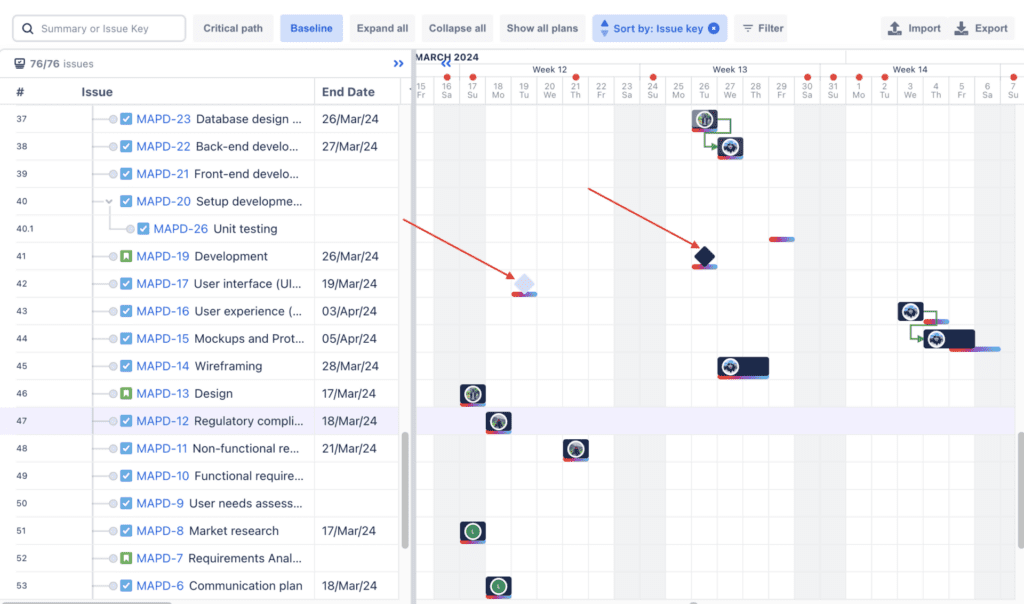
PPM for monday.com
Features:
- Comprehensive project portfolio management tool that includes features for setting and tracking milestones within larger project frameworks.
- Offers extensive customization options to align with specific project needs and workflows.
Benefits:
- PPM for monday.com integrates seamlessly into the Monday.com environment, providing users with a familiar interface and robust integration capabilities with other tools, ideal for teams looking for an all-in-one project and resource management solution.
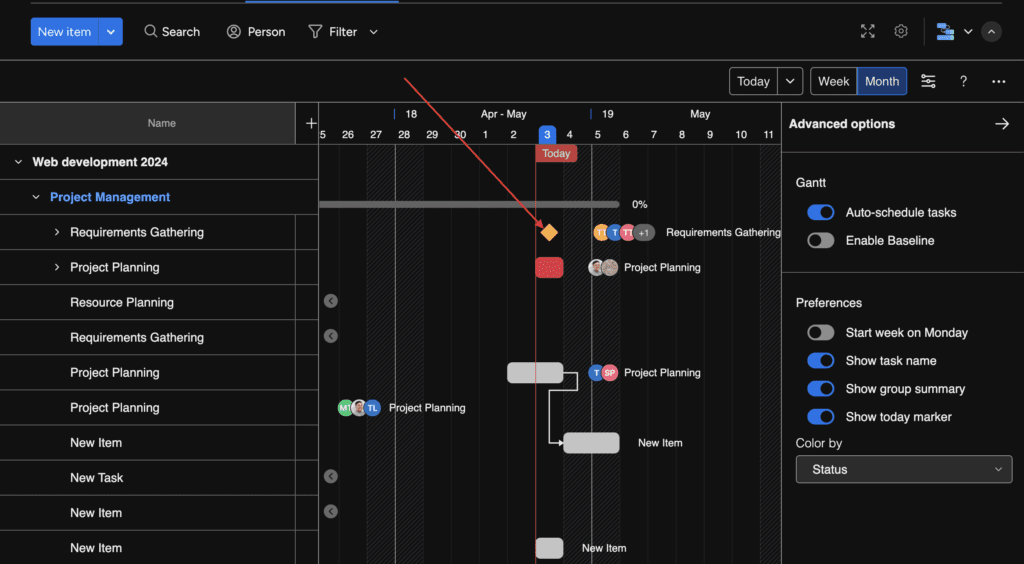
Integrating Milestones into Overall Project Management
Effectively integrating milestones into the overall project management process is key to maintaining project alignment and achieving project goals. This section explores practical steps and strategies for seamlessly incorporating milestones into project workflows.
Aligning Milestones with Project Objectives
Milestones should be directly aligned with the project’s main objectives. Each milestone must represent a significant achievement that contributes to the overarching goals of the project. This alignment ensures that each milestone has a clear purpose and drives the project forward effectively.
Planning and Scheduling Milestones
- Initial Planning: During the project planning phase, identify critical points that will later become milestones. These might include the completion of a major deliverable, key decision points, or required approvals.
- Scheduling: Incorporate these milestones into the project schedule, typically using a project management tool or software. Ensure that each milestone is realistically timed based on the project timeline and resource availability.
Communication and Stakeholder Engagement
Regularly discuss milestones with all project stakeholders to ensure clarity and consensus on the details and expected achievement dates of each milestone. Use milestones as a tool for engaging stakeholders by highlighting key achievements and upcoming objectives.
Monitoring and Adjusting Milestones
- Tracking Progress: Use project management tools to monitor progress towards each milestone. This might involve regular status updates, meetings, or automated reports.
- Adjustments: Be prepared to adjust milestones as necessary. Projects can evolve due to changing requirements, unexpected challenges, or shifts in external factors. Flexibility in milestone management allows the project to adapt while still maintaining focus on critical goals.
Integrating Milestones with Risk Management
Incorporate risk assessment into the milestone planning process. Identify potential risks that could affect the achievement of each milestone and develop contingency plans. This proactive approach helps minimize disruptions and ensures that the project stays on track even when uncertainties arise.
Review and Reflection
After reaching each milestone, conduct a review session to evaluate what was achieved versus what was planned. Reflect on the process to identify lessons learned and best practices that can improve future milestone planning and project execution.
Milestones are essential tools in project management, providing clear targets and guiding teams through the project lifecycle. The effective management of milestones enhances tracking, boosts morale, and ensures stakeholder alignment.
Tools like TeamBoard ProScheduler for Jira, PPM for monday.com, and TeamBoard for Salesforce offer robust features that help project managers effectively integrate milestones into their workflows. These tools support better visualization, monitoring, and adaptation to project changes.




